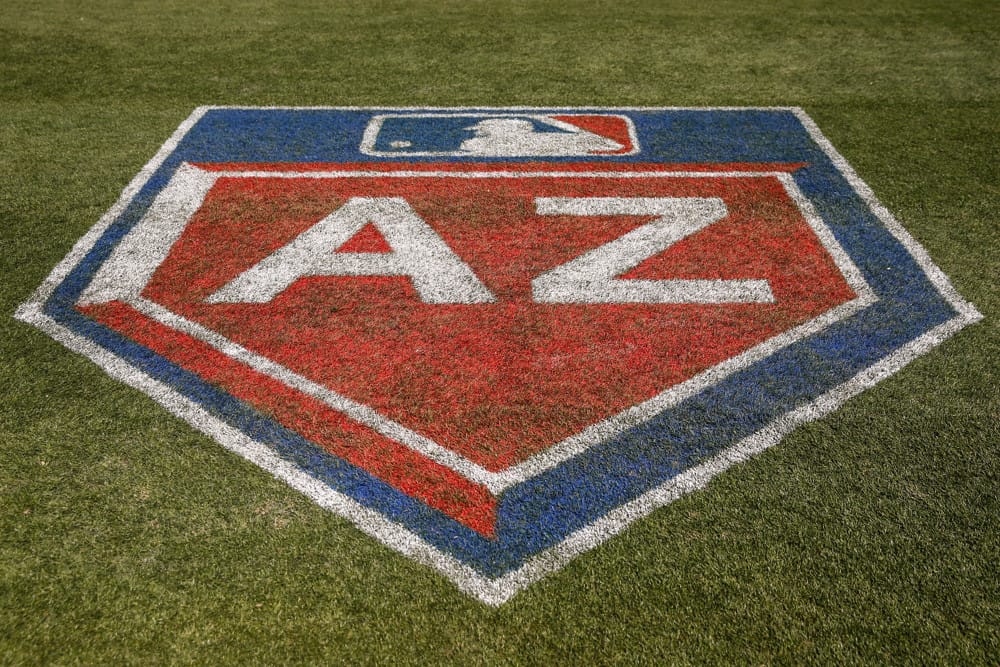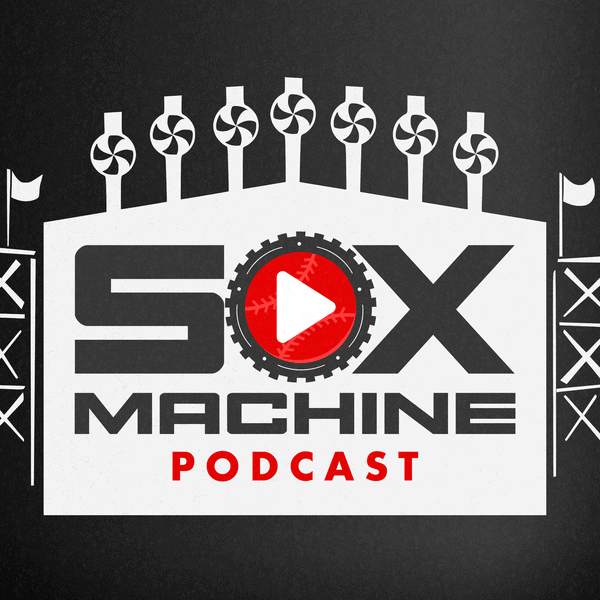One of the discouraging themes throughout the lockout has been Major League Baseball's preference to attach a catch to every supposed concession. Any increase in the competitive balance tax threshold comes with harsher penalties. A minimum-salary increase comes with an inability for teams to reward pre-arb players beyond it.
This technique even extends beyond the scope of the negotiations with the MLBPA.
Remember the uplifting development that Major League Baseball would require its teams to take responsibility for the housing of most minor league players? It was met with some suspicion, and an advocacy group for players found some holes in the plan, but it represented improvement over the status quo, not that that's hard.
So of course, Jeff Passan revealed the rub: What if MLB mandated fewer players to house?
Major League Baseball asked for the ability to eliminate hundreds of minor league playing jobs in its latest labor offer to the MLB Players Association, sources familiar with the proposal told ESPN.
Currently, the Domestic Reserve List -- which governs the number of minor league players a team can roster at any time -- is at 180. The league proposed keeping the number at 180 for 2022 but allowing the commissioner's office to reduce the maximum number of players to as few as 150 over the rest of the collective bargaining agreement, sources said. The proposal says the league could adjust the reserve list's size "up or down."
MLB, according to a league source, has no plans to reduce the size of the list in 2023 but wants the flexibility to do so in future seasons.
This comes on the heels of a report from The Athletic detailing the league's especially cynical interpretation of the team-player relationship during spring training. In maintaining that players should continue to go unpaid during the preseason, a league lawyer actually argued that the players are the ones receiving free benefits:
“It is the players that obtain the greater benefit from the training opportunities that they are afforded than the clubs, who actually just incur the cost of having to provide that training,” said Elise Bloom of Proskauer Rose, a firm that is also advising MLB in its lockout of major league players. “During the training season, the players are not employees, and would not be subject to either the Fair Labor Standards Act or any state minimum wage act.” [...]
Bloom was elaborating on arguments made last year. MLB hired an expert at a rate of $775 per hour who argued that players in spring training actually receive a value of $2,200 weekly from their teams, based on what youth and amateur players pay for baseball training.
“This figure is an estimate of the costs plaintiffs would have had to incur had they attended a baseball prospecting camp instead of participating in the minor leagues,” Denise Martin, senior vice president at NERA Economic Consulting, wrote to the court.
It's exceptionally disgusting, and when you combine that sentiment with the idea of mandating fewer players, you get the idea that owners of baseball teams are enjoying this respite from that pesky baseball, even if there's still baseball that is regretfully required to still occur.
Ideally, the league would allow teams to field less than 120 players, but only if it allowed other teams to field 220 players. Let it be another form of depth-amassing strategy and see who wins out. At any rate, Passan said the MLBPA has rejected such proposals to reduce the number of minor league playing jobs and will again, and round and round we go.
Spare Parts
Dan Szymborski plugs the NPB star's numbers into ZiPS and a pretty decent corner bat. It's a notch below All-Star consideration, but it'd be a notch sturdier than the White Sox's Plan A for right field.
Davy Andrews pokes at Rob Manfred's defense of owners, saying that holding an MLB team brings lower returns than the stock market.
The stock market is a sure thing. Companies, especially the ones with naming rights to MLB ballparks, don’t just go belly up out of nowhere. Certainly no MLB owner has ever been burned by making a bad investment (other than his ballclub). Baseball, on the other hand, is a minefield. Below is a simple pie chart of people who sold MLB teams in the last 30 years. Red shows people who made money, and blue shows people who lost money.

I laughed at the sassy start to James Fegan's 40-man roster overview:
Seemingly the favorite reader question behind every injury update all last season was “who gets dropped when they return?” Because the brief thrill of a player returning from injury is merely the appetizer to the main course of getting to fire or demote someone for poor performance.
Among the people who are not happy with the owners? Government officials in Arizona. The public subsidized ballparks to fuel tourism, but spring training (and the money it brings) is the collateral damage. The White Sox pay $1 in rent to the city of Glendale, by the way.
The round-robin stage of the Olympic curling schedule has culminated in an eventful final day. The United States women need to win, then help from the standings, while the men get an off day on Wednesday to see if they control their destiny before their final game against Denmark on Thursday.






